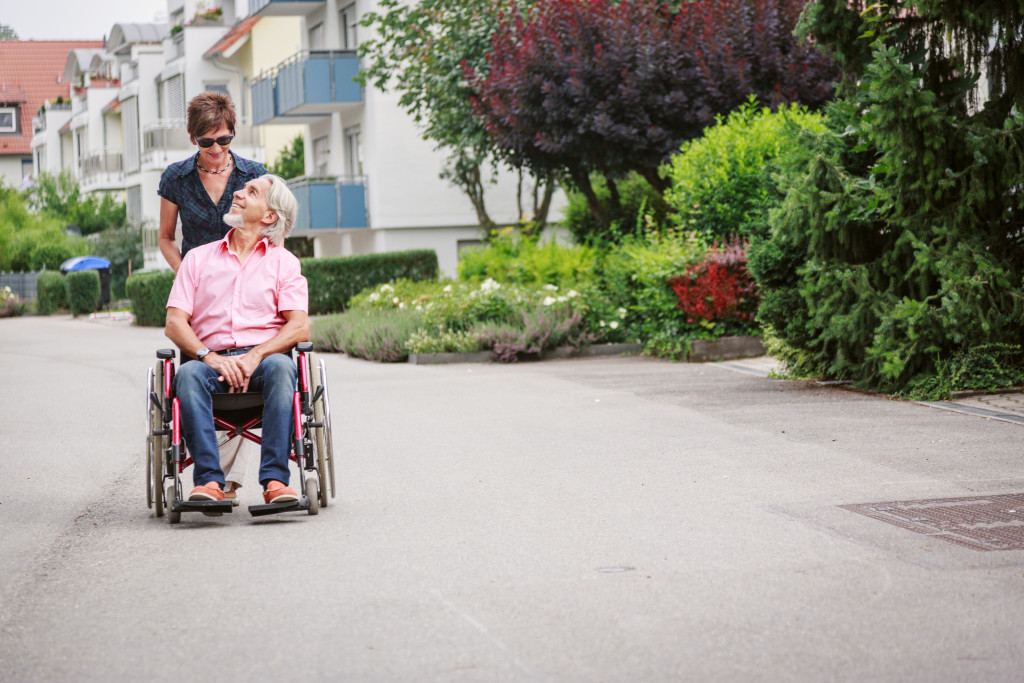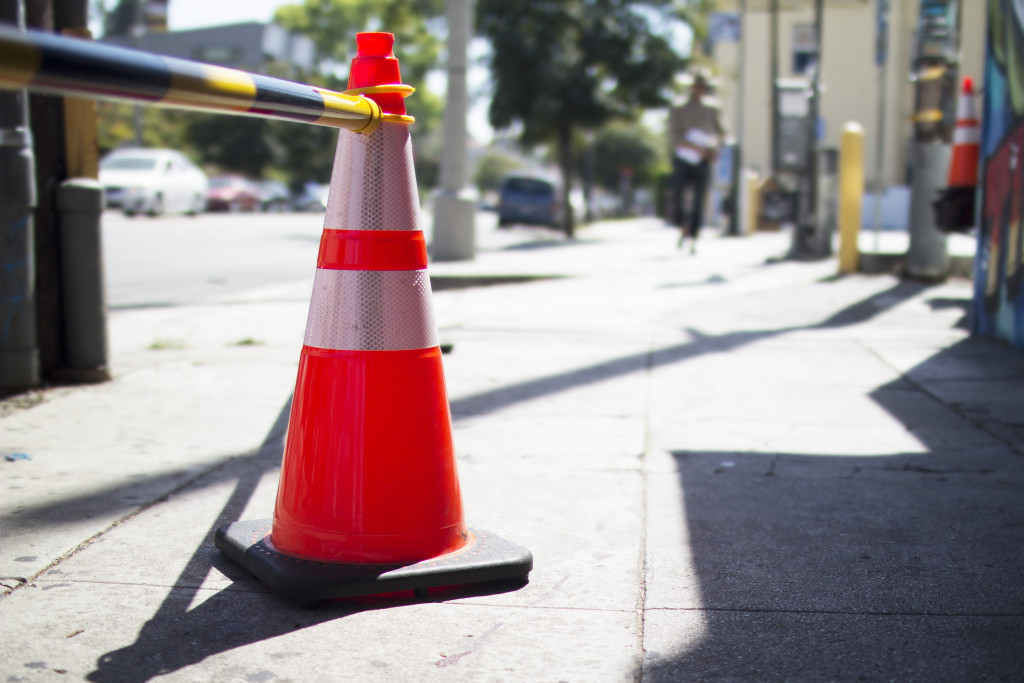- Residents can make their streets safer by educating themselves and others on road rules.
- Education and awareness are critical components of creating a safe road environment.
- Local neighborhoods can develop campaigns to promote road safety and raise awareness.
- Law enforcement is critical in ensuring road safety in neighborhoods and communities.
Road safety is an important issue in any neighborhood or community. As a resident, you have the power to make your streets safer by educating yourself and others on the rules of the road and taking proactive steps to ensure everyone stays safe. Here are some tips for promoting road safety in your neighborhood and community.
Education
The first step towards creating a safe environment on the roads is educating yourself and others on the rules of the road. Make sure you know your state’s laws regarding speed limits, passing laws, parking regulations, traffic signals, etc. Learning about local ordinances that may apply in your area would also be beneficial. Once you understand the rules of the road, share this knowledge with your neighbors so that everyone is informed about what they should be doing when driving around your area.
At Home
At home, a few steps can be taken to ensure road safety in the neighborhood and community. Teaching children about the importance of following traffic regulations can help instill a sense of respect for the rules of the road from an early age. Parents can explain to their kids about stopping at intersections, using turn signals, and not speeding. It’s also important to be aware of local ordinances that may apply when children ride their bikes or skateboard.
Campaigns
Local neighborhoods can create campaigns to promote road safety and raise awareness of the importance of following traffic regulations. For example, they can hold seminars or workshops at schools, churches, and community centers that feature guest speakers from law enforcement or transportation departments. These sessions should focus on teaching attendees about the rules of the road, local ordinances, and how to stay safe when driving or biking. Neighborhoods can also create roadside signage that reminds drivers of speed limits, correct turning techniques, and other safety tips.

Accessibility
Accessibility is essential to promoting road safety in any neighborhood or community. Ensuring that all community members, regardless of age, physical ability, or circumstances, can safely traverse the streets is necessary for a safe and healthy society. One way to promote road safety and accessibility in a neighborhood or community is by installing curb cuts, or wheelchair ramps, on sidewalks. These ramps make it easier for pedestrians who use wheelchairs to access public roads and move around safely.
Additionally, providing widened sidewalks with more space between pedestrian pathways and vehicular traffic can help ensure a safe environment for all. Local governments and community organizations should also ensure that everyone is aware of any changes they make to roads or sidewalks in the neighborhood. This can be done through public service announcements, flyers, or signage around the area.
Enforcement
Law enforcement is critical in ensuring road safety in neighborhoods and communities. Police officers are responsible for enforcing traffic laws and issuing penalties to drivers who violate them. Through visible patrols, targeted enforcement, and strict adherence to the law, law enforcement can help create a safer environment on your roads.
Drivers
Drivers must adhere to various laws and policies to ensure their safety and the safety of others on the road. One such policy is adhering to speed limits, which are put in place by local municipalities and enforced by law enforcement. It is illegal to exceed posted speed limits, as doing so increases the risk of an accident. Drivers should also know the importance of following traffic signals, using turn signals when changing lanes, and other basic regulations. Pre-licensing training helps educate drivers on the rules of the road before they get behind the wheel.
Pedestrians and Bicycles
The safety of pedestrians and bicyclists is essential to creating a safe environment on the roads. To promote road safety, local municipalities have put in place laws and policies designed to keep pedestrians and bicyclists safe while sharing the roads.
First and foremost, pedestrians and bicyclists must follow the same safety regulations that apply to drivers. This includes obeying traffic signals, using crosswalks when crossing the street, and being aware of their surroundings at all times. Aside from road rules, cyclists should wear reflective clothing or use lights after dark to make themselves more visible to drivers. Lastly, pedestrians should be aware of their surroundings when walking near traffic and use sidewalks whenever possible. They must stay in designated crosswalks and look both ways before crossing the street.

Encouragement
As a resident, you can take proactive steps to ensure road safety in your neighborhood or community. If there are certain areas where speeding is known to occur, consider posting signs reminding drivers to slow down or contact local law enforcement if needed. You can also report potholes or dangerous intersections as required so that local authorities can address them quickly and safely. Finally, volunteer to become a crossing guard if young children live nearby often need help getting across busy streets safely.
Another way to promote road safety in your neighborhood or community is by getting involved locally. Reach out to local government officials and voice your concerns over any issues related to road safety that may exist in your area. You can also join local organizations dedicated to promoting safe driving habits, such as Mothers Against Drunk Driving (MADD) or BikeSafe USA, which both work towards making roads safer for all users regardless of age or mode of transportation.
Educating yourself on the rules of the road and taking proactive measures like reporting dangerous areas and volunteering as a crossing guard can help create a safer environment for everyone who uses the roads around you. Get involved locally by reaching out to government officials and joining organizations dedicated to making roads safer for all users—these small steps will ensure everyone stays safe while navigating through your area!




